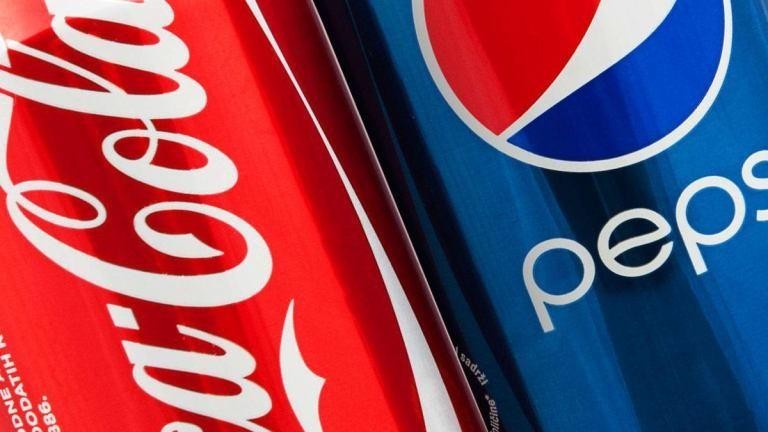Comparative advertising is a marketing strategy where a company’s product or service is presented as superior to a competitor’s. This comparison can be direct, naming the competitor, or indirect, referencing an unnamed “leading brand.” It’s a powerful technique used across various media – digital, print, TV, and more – to highlight a brand’s advantages and persuade potential customers.
Why Use Comparative Advertising?
The core purpose of comparative advertising, like any marketing strategy, is to communicate value. It aims to showcase why a product or service is worth purchasing. By directly comparing features, price, or quality with a competitor, brands can clearly articulate their advantages. Instead of simply stating “Our product is good,” comparative advertising asserts “Our product is better than theirs, and here’s why.” This provides consumers with a tangible reference point, especially when unfamiliar with the advertised brand. Leveraging a competitor’s existing market recognition can be a powerful tool to build awareness and credibility.
Furthermore, comparative advertising can be highly memorable. Humor and wit are often employed to create engaging and shareable content, as seen in many successful campaigns. While entertainment value shouldn’t overshadow core value propositions, a well-crafted humorous comparison can significantly boost brand recall. A 2018 Clutch study indicated that 53% of consumers remember ads that make them laugh, highlighting the potential of humor in advertising.
Examples of Effective Comparative Advertising
Analyzing successful comparative advertising campaigns offers valuable insights for businesses of all sizes. These examples demonstrate how highlighting a competitive edge can effectively communicate value and resonate with consumers:
1. Mac vs. PC
Apple’s iconic Mac vs. PC campaign personified the two computer systems, portraying Mac as cool and user-friendly while PC was depicted as clunky and prone to issues. This humorous approach effectively communicated Mac’s perceived advantages in terms of simplicity and reliability. One memorable commercial highlighted Mac’s immunity to viruses, a key concern for computer users.
2. Verizon vs. AT&T
Verizon’s campaign focused on superior 3G network coverage. By showcasing a satisfied Verizon customer enjoying seamless connectivity while an AT&T customer struggled with limited coverage, the ad clearly communicated Verizon’s advantage. The tagline “There’s a map for that” emphasized the vast difference in coverage areas.
3. Allstate vs. Everyone Else
Allstate’s “Mayhem” campaign personifies potential disasters, highlighting the risks of inadequate insurance coverage. While not directly naming competitors, the campaign implicitly compares Allstate’s comprehensive protection to “cut-rate insurance,” positioning Allstate as the safer choice.
4. Miller Lite vs. Bud Light
Miller Lite directly responded to Bud Light’s claims about corn syrup content by highlighting superior taste. A parody ad depicting Bud Light actors choosing Miller Lite off-camera emphasized the message: “A beer this good doesn’t need to talk about what it doesn’t have.”
5. Wendy’s vs. McDonald’s
Wendy’s leverages social media to humorously compare its fresh beef to McDonald’s frozen patties. A tweet depicting a disintegrating Big Mac with the caption “That feeling when your beef’s still frozen” succinctly communicates Wendy’s key differentiator.
6. Samsung vs. Apple
Samsung’s Galaxy II ad showcased iPhone users impressed by the Galaxy’s features, implicitly highlighting its superiority. The ad cleverly capitalized on the anticipation surrounding a new iPhone launch to promote the Galaxy as a compelling alternative.
7. Dove vs. Everyone Else
Dove’s advertising visually compares its gentle formula to harsh competitors, using barbed wire to represent the damaging effects of other lotions. This powerful imagery emphasizes Dove’s moisturizing and skin-friendly qualities without explicitly naming rivals.
8. Popeyes vs. Chick-fil-A
Popeyes capitalized on Chick-fil-A’s closure on Sundays by promoting its own availability. A strategically placed “Open Sunday” sign in an ad directly contrasted with Chick-fil-A’s “Closed on Sunday,” offering a compelling reason for customers to choose Popeyes.
9. BMW vs. Mercedes-Benz
BMW’s humorous tweet featuring a Mercedes in a BMW costume playfully suggests BMW’s superiority, reinforcing its brand image as aspirational and desirable. This lighthearted approach leverages humor to create a memorable comparison. These examples illustrate how comparative advertising, when executed effectively, can significantly impact brand perception and drive consumer choice. By strategically highlighting key advantages over competitors, brands can effectively communicate value and establish a strong market position.

